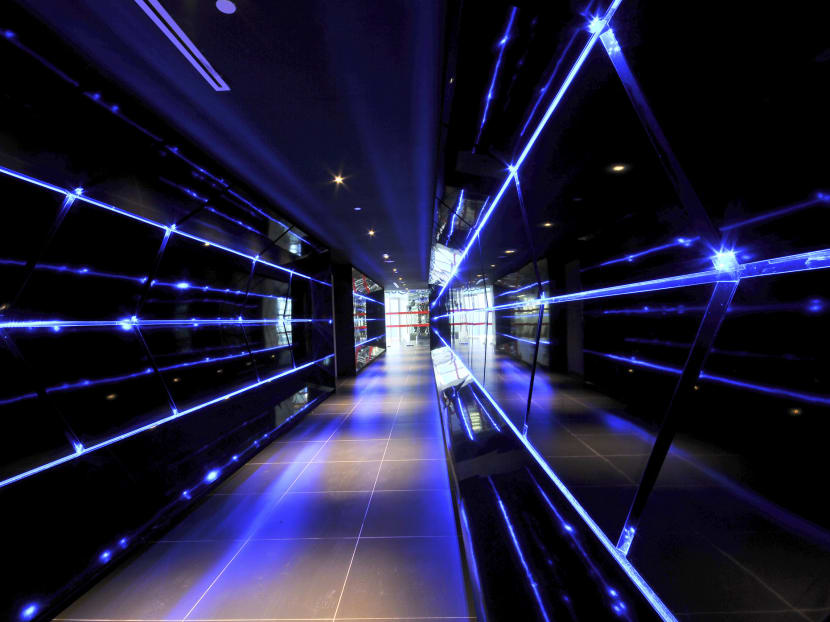Google upgrading S’pore data centre for greater energy efficiency
SINGAPORE — Less than a year after Google fired up its data centre in Singapore, the search giant is pushing the facility to attain greater energy efficiency through “machine learning”, Google’s vice-president for the data centre, Mr Joe Kava, said in an interview with TODAY last week.

A look inside Google’s Singapore
data centre.
Photo: Google
SINGAPORE — Less than a year after Google fired up its data centre in Singapore, the search giant is pushing the facility to attain greater energy efficiency through “machine learning”, Google’s vice-president for the data centre, Mr Joe Kava, said in an interview with TODAY last week.
Referring to its new environmental data analysis algorithms, machine learning will become part of the artificial intelligence running the data centre here within months, he added.
“We have a lot of data about the operating conditions of our data centres — the speed of pumps and fans, energy going into servers, into the lights,” Mr Kava noted. “Machine-learning algorithms can find the hidden connections between these data points, to help us better optimise the centres.”
The same technology is also helping Google design its self-driving cars to ensure optimum driving conditions in a dynamic environment with changes in traffic flow, stop lights, weather conditions and even jaywalking pedestrians.
“Since May last year, we’ve been applying this across our data centres, one at a time, and the lead engineer for this exercise is now in Singapore working on the data centre here,” he said. “Hopefully, by early next year, we’ll start seeing results of that.”
Google is already reaping tangible results by deploying the technology at six of its 12 data centres globally. It has reduced its power usage effectiveness (PUE) — the ratio of total energy consumption of a centre to energy used by server equipment — by another 15 per cent, which is translating to “millions” in annual cost savings.
Google’s PUE average is currently 1.12, compared with the industry average of 2, according to Mr Kava. Machine learning is hence just the latest of a string of innovative practices at Google, Mr Kava said.
“For instance, everybody thinks computers and servers have to run in a very cool environment — it’s not true. Your laptop doesn’t care if it’s under the hot sun, it runs just fine. We’ve done many failure studies on our machines, and statistically, we don’t see any higher failure rates,” he said.
“So we challenge that notion, and we run our centres at around 27°C, compared to the industry level of 18°C. That helps us save a lot of energy otherwise spent on cooling.”
Mr Kava was in Singapore last week for one of his frequent visits here since the company launched its second data centre for Asia in Jurong last December. The Republic is now a cornerstone of Google’s plan for Asia, where it’s experiencing exponential growth.
“Asia is extremely important for us. More than half of the world’s population live here, and in last year’s third quarter there were 60 million new Internet users — mobile only. That’s two times the entire Canadian population!” he said.
“So we are of course very committed to this region. While we have no plans to build more data centres here, we are still growing our investments, including a long-term US$120 million (S$152.6 million) commitment to Singapore.”





